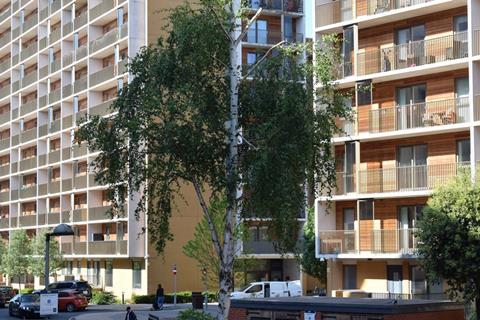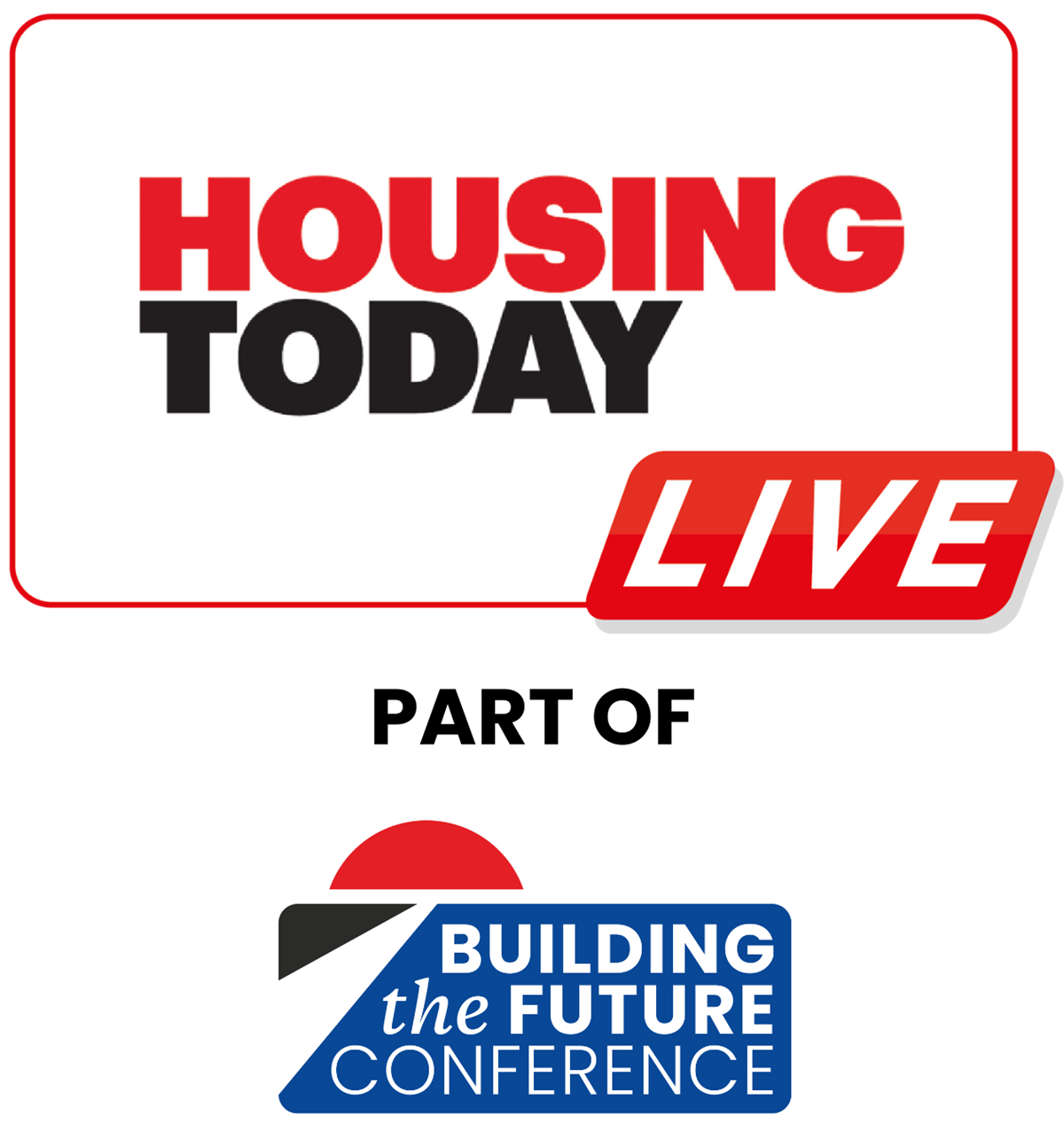Regulator’s annual statistics show impact of drop in local authority social rent numbers
An increase in the provision of affordable rent and low cost ownership homes took the social housing sector’s provision of homes to 4.5 million this year, despite a decline in social rent provision.
Returns from all private and local authority registered providers, collected by the Regulator of Social Housing (RSH) and accurate as of 31 March this year, showed a 4,100 decrease in the number of social rent homes.

However this was outweighed in the overall numbers by an increase of roughly 28,000 in affordable rRent homes and around a 13,900 increase in low cost home ownership homes.
This resulted in a net increase of nearly 38,000 “social homes” in England since 2024.
The decline in social rent homes was entirely the result of local authority provision, with the 7,000 home decline in this area attributed by the RSH to right to buy sales and other schemes.
Meanwhile, private registered providers saw a net gain of nearly 2,900 social rent homes. They also accounted for 83% of the total increase in affordable rent and 98% for low cost home ownership properties.
“It is positive to see providers investing in building new homes, as well as understanding their existing homes better,” said Will Perry, director of strategy at the RSH.
“Without accurate, up-to-date data, landlords cannot make the right strategic decisions on the condition of their homes and other issues, or manage risk properly.”
>> Also read: £39bn AHP successor will aim to deliver 300,000 homes with 60% at social rent, says government
The statistics also show that 83% of social homes in England are general needs (affordable or social rent), while supported housing makes up 11% and low cost home ownership 6%.
Just over 537,000 homes were surveyed by private registered providers during the year, with 41,000 homes identified by providers as not meeting the Decent Homes Standard (DHS). Of these, over 35,400 were remediated to bring them up to the standard.
A further 9,335 homes were excluded from having to meet DHS requirements due to circumstances which prevent or limit remediation works.
Private registered providers also reported that 75% of homes had an energy efficiency certificate rating of EPC-C or above, an increase from 71% in 2024. A further 19% had a rating of EPC-D.
The average increase in general needs average weekly net rents was 8% over the year, in line with the limit set for the period.








No comments yet